Arc the Lad II (アーク・ザ・ラッドII), released 11/1/1996, developed by Arc Entertainment
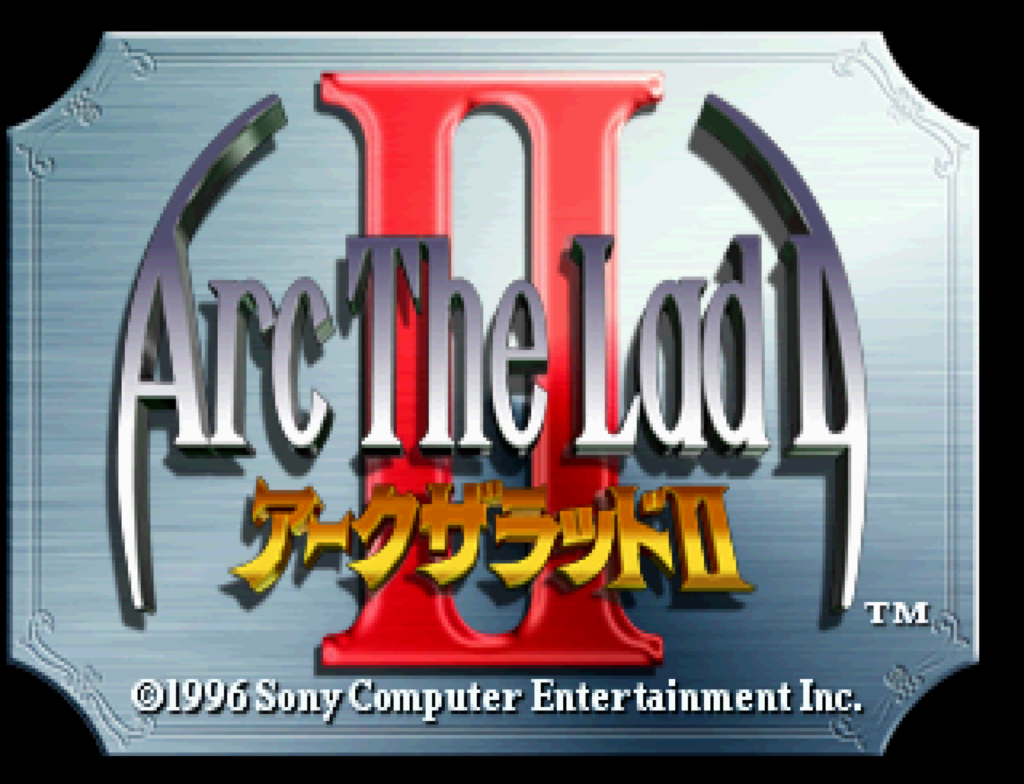
Information
- Turn type: Player/enemy phase
- Maps: The maps don’t have much in the way of features, and they’re fairly small.
- Character Customization: None
- Character Development: Standard XP/level system, plus levelling of weapons and other equipment, as well as levels for each type of weapon.
- Party Size: Max 5
- Equipment: One weapon and two other slots.
- Game Flow: The game is much more like a normal RPG, just without truly random encounters (some battles can be repeated).
- Saving: At specific save points, although if you lose a battle you just try the battle again
- Death: After the battle, the character returns with 1 HP.
Arc the Lad was one of the earliest RPGs for the Playstation, and it was released in a fairly incomplete state — apparently Sony pressured the developers to get something out because they wanted some RPG titles to promote on the platform. The original game could be beaten in less than 5 hours and the game stopped in the middle of the story (although with extra content the length could be extended to 15-20 hours).
By contrast, the second game is much more polished and finished, and both the main story and the extra content are significantly expanded. The RPG elements are also greatly increased; you can explore the towns and dungeons, and freely travel to various places. In fact, I would say this game is one that technically satisfies my definition of SRPG but feels much more like regular RPG with grid battles.
The first game ended on a cliffhanger of sorts, but rather than picking up immediately from where they left off, this game begins with an entirely different protagonist, Elc. This is an interesting decision by the writers, since the first game made such a big deal about how Arc was the destined hero who would save the world and such. Also, this game begins by letting you transfer data from the first game.
In any case, the game begins with Elc having a bad dream, it seems that the Silver Noah (Arc’s ship from the first game) attacked his village, although his memory is a bit dim. If you’ve played the first game, you know that Alc and his friends were framed as villains.
Elc is a “hunter”, someone who does odd jobs for money at the guild — throughout the game there are a number of sidequests you can do from the guild to get additional money (forerunner to the Trails in the Sky Bracer’s Guild?) You also can get info about wanted monsters that can be found in various places for money. This includes Arc, who is worth a huge amount.
Each character has a set of weapon skills they can build, and the weapons and items themselves have experience levels that can increase their statistics. As in the previous game, there are throw/catch values that affect range, counterattack, and jump.
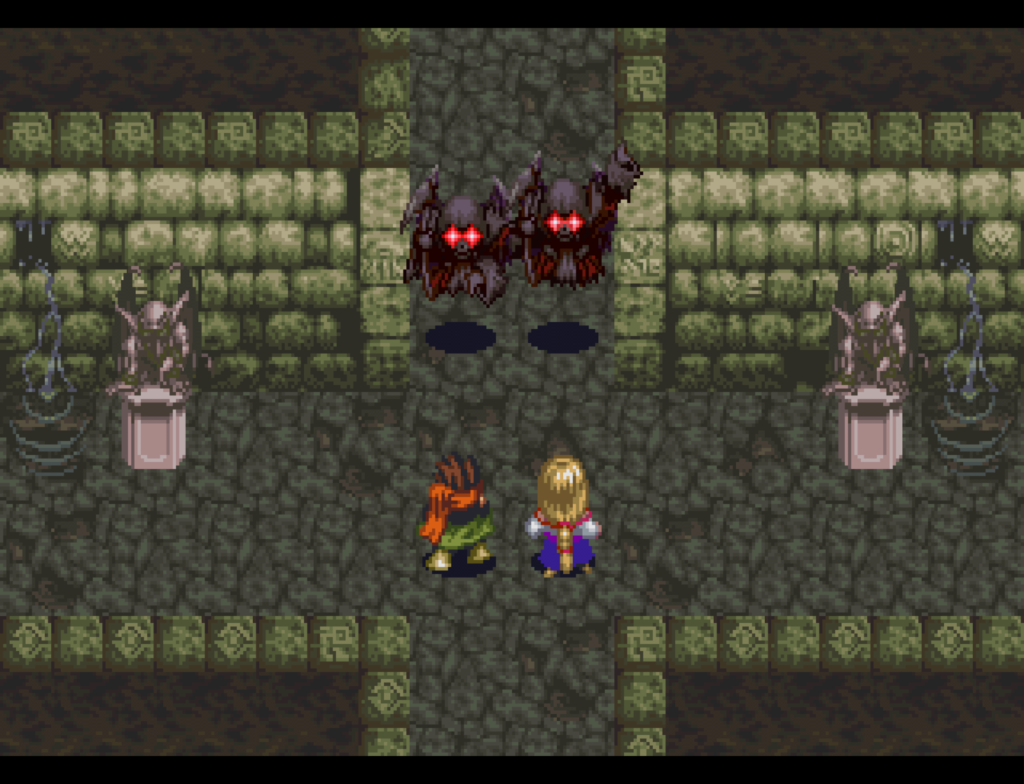
I have to say that I am still not a fan of the Jump idea. You cannot pass through your own party members or enemies unless you have a high enough Jump value. The battlefields are often very narrow and it’s easy for your characters to get stuck in places where they can’t move, whereas if you have jump it’s easy to just jump over the enemy and attack them from behind. I suppose this adds some strategic value to the maps, but I would have preferred if the system were a bit weaker — I think part of the problem is too many characters/enemies have the Jump necessary to jump over people to attack from behind, and getting blocked by your allies because the field is so small is annoying.
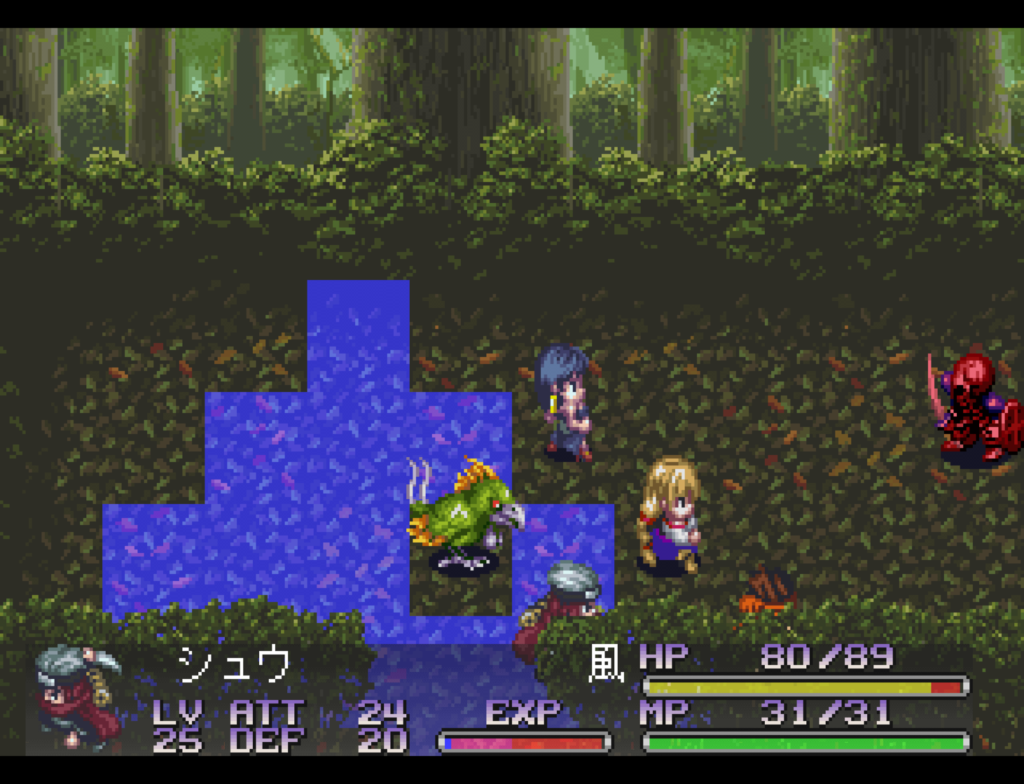
The battle interface is still the streamlined one from the first game where you just use circle to attack rather than picking from a menu. While this is not a bad system, I don’t like the fact that X is both “close menu” and “end turn”. Having played so many SRPGs up to now, I have the deeply ingrained habit that X means to back-up choices, and in particular, to start your move over. Although I feel like I should have gotten used to it by now, I still find this happening too often: Move character, see that spell range is wrong, press X to exit the menu and then X again to start my move over again….but that skips turn instead. When the spell I was hoping to cast is a heal spell, this can have disastrous consequences. I guess this is mostly my fault.
Those are my two main complaints about the game, which overall is pretty good, so I’m just getting them out of the way. Elc soon meets up with Liza, who has a wolf with her. She can use the Ravish ability to capture monsters, which is a major way to get additional people on your team. Unfortunately she’s also being pursued.
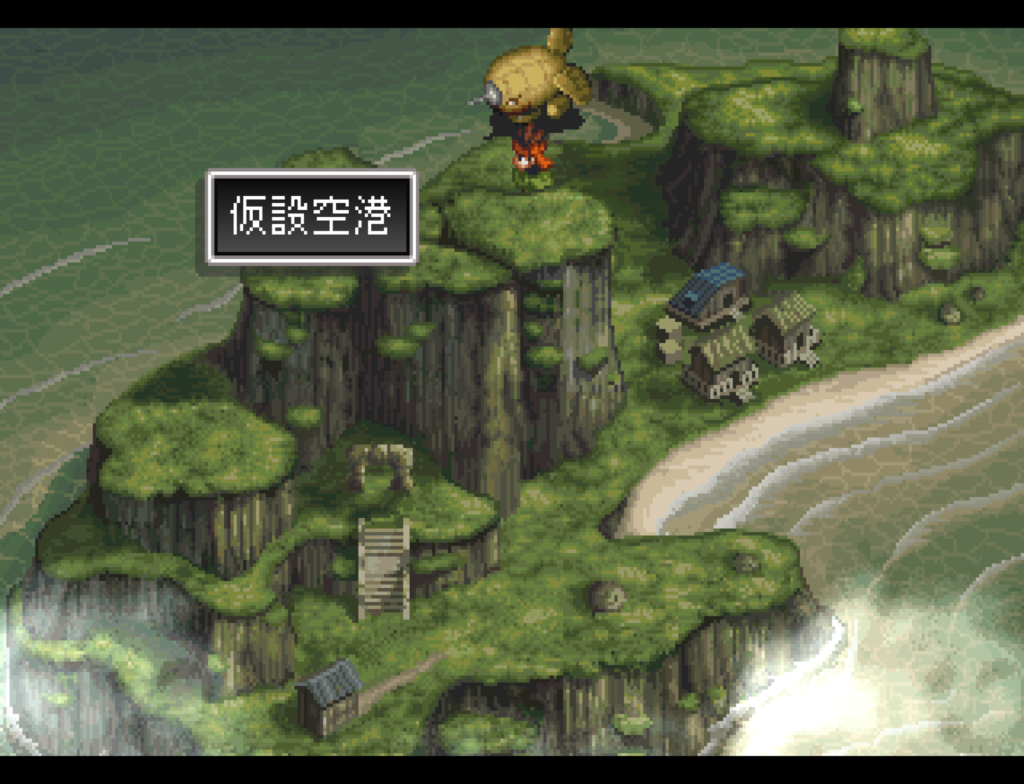
As I said before, this time you can freely explore the towns, and even do a bit of travel on the world map (more later when you have an airship).
The next character to be introduced is the ninja Shu, a friend of Elc’s. Another upcoming member, Shante, is a dancer who offers information for money — to earn the money it’s time to do guild quests, which are now available. But even when we have the money, she’s gone.
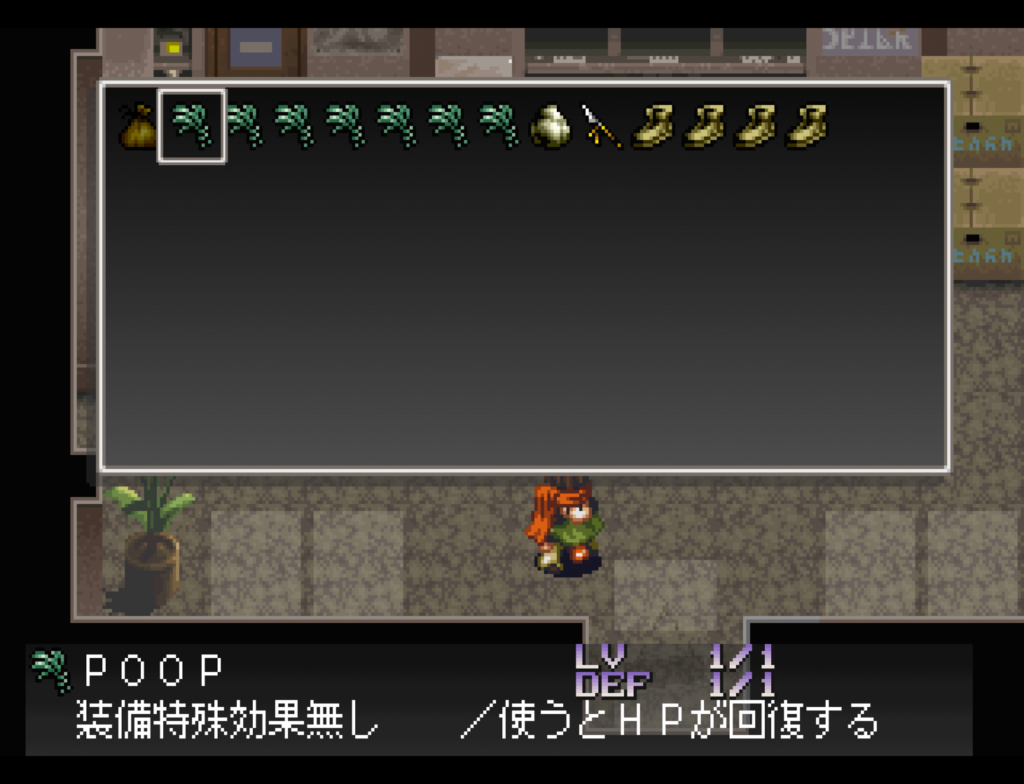
From here the game proceeds smoothly as Elc and friends investigate the mystery of why his village was attacked, and try to destroy the research labs that the Empire has set up. The first game had a problem with level differences making a huge effect on combat effectiveness — this problem is one that is shared by a lot of games (such as Tactics Ogre, Sword Master, and Summon Night). I found that it was hard to catch the lower leveled people up, and I relied mostly on Arc and Gogen to power through the first game. Here it seemed like it wasn’t as hard to keep everyone even on levels — this may be because you level more quickly, or because you seem to get XP for more things (like having spells cast on you).
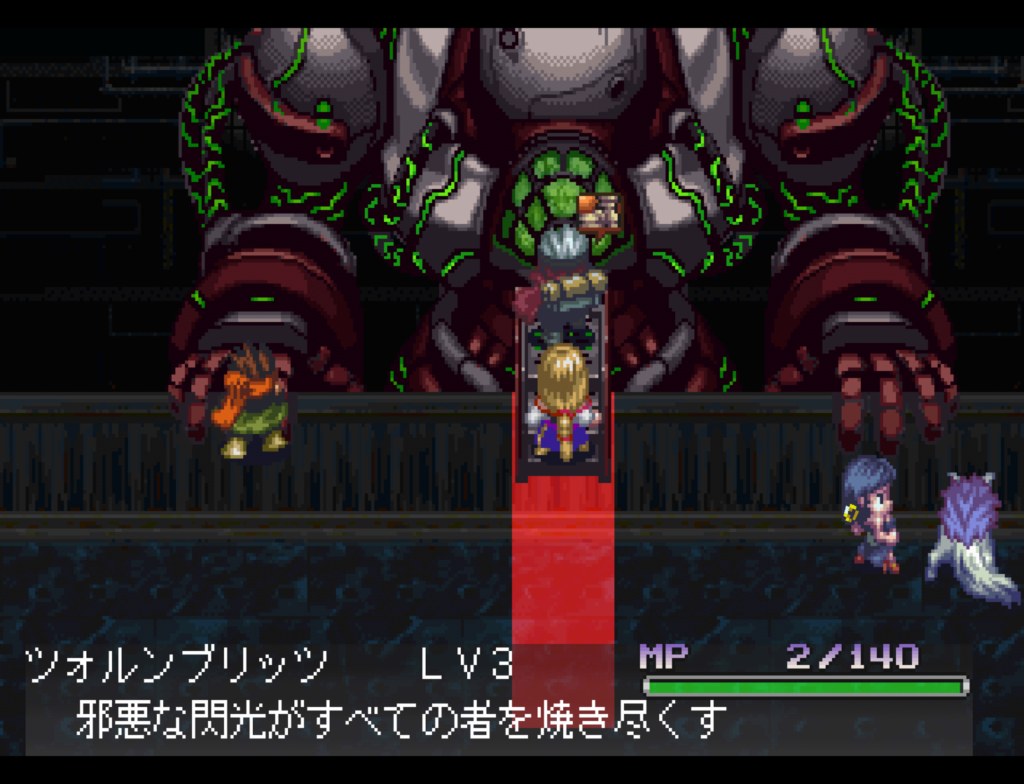
However, this changes once we get through the first part of the game and deal with the “White House” where Elc and friends were kept. For the next third or so of the game, you switch around from character to character and are often dealing with ad-hoc parties of only 2 or even 1 person. You also team up frequently with the Arc the Lad 1 characters. My understanding is that if you do not carry over data, they all start very powerful, but instead I got the low levelled scrubs that I had in AtL1. I think this made many of the battles in this section much more difficult than they were supposed to be — fortunately if you get a game over you just repeat the battle you lost.
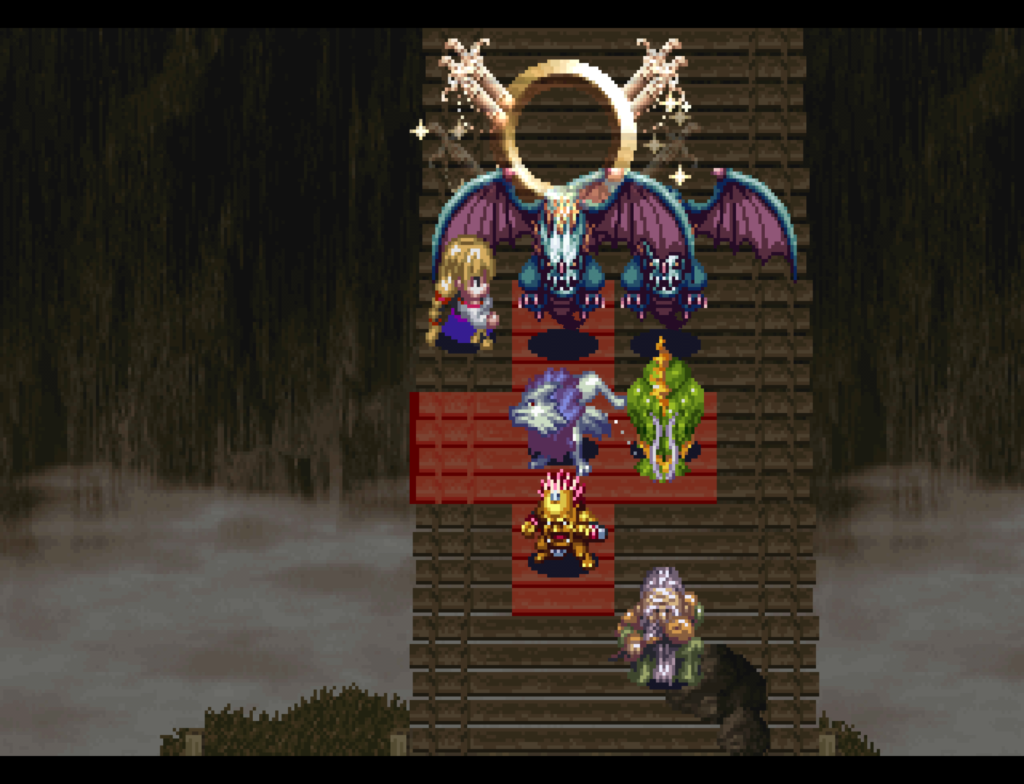
But this is definitely a weak point in the game for me, and where it feels the most RPG-ish. 2 vs 3 or 1 vs 2 battles are not my idea of an SRPG, particularly when they are forced deploy low level units.
Anyway, I’ll end there for this week. There are more aspects to the game, particularly some of the optional content, that I’ll get into more next time when it becomes more of a presence in the game. My overall opinion at this point is that the story is entertaining but the gameplay is still somewhat disappointing, although better than the first game.
Hopefully I can finish the game by next weekend’s post.
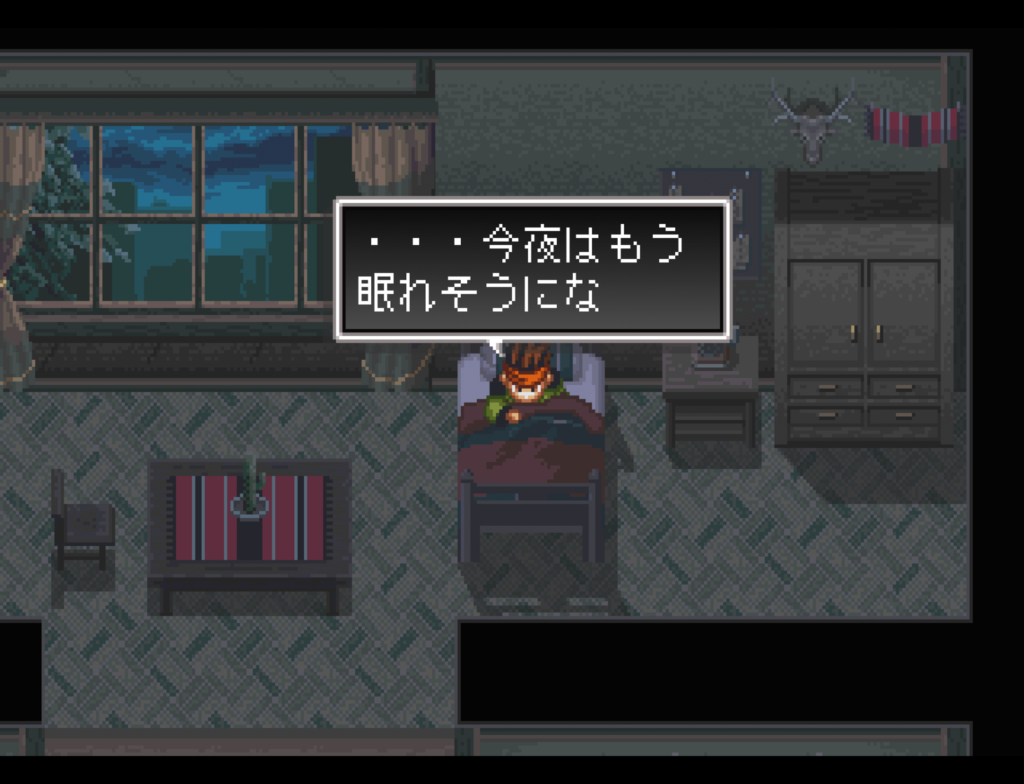
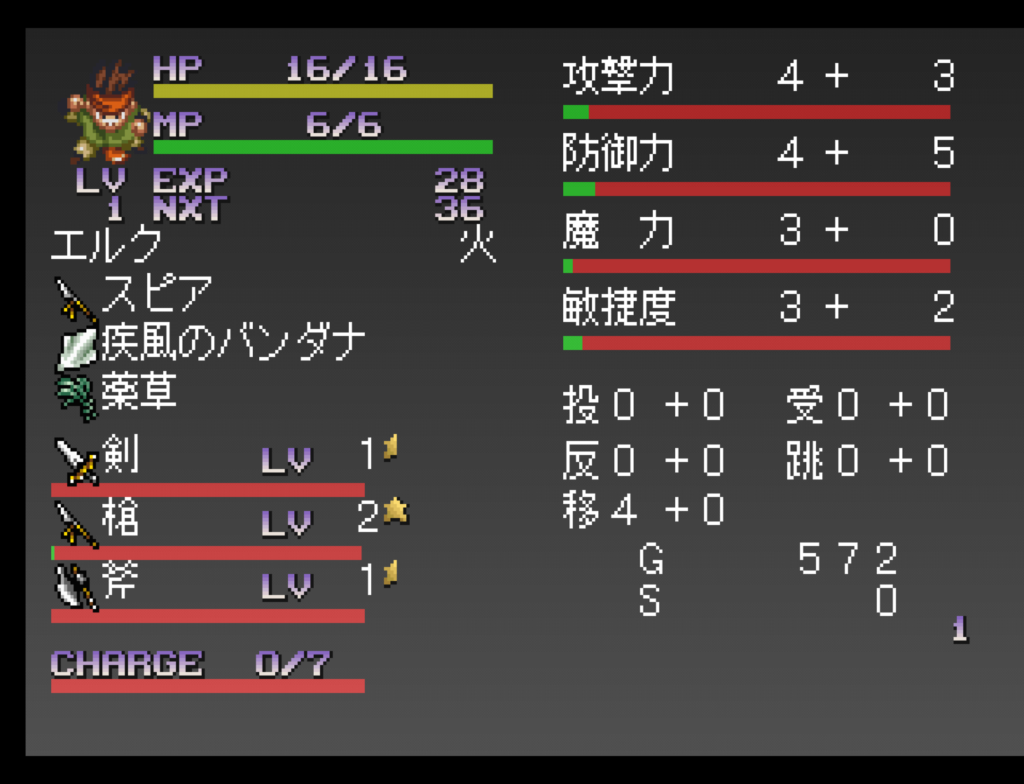
I remember that problem in AtL1. I did some grinding to try to increase the lower characters levels to equal, but I got bored of it and never went back to the game.
Yeah, the initial stretch of this game is a real handicap if you import a save, but didn’t play AtL to death and max the party. It’s almost better to not if you didn’t unlock the secret character (which basically requires level 50 or a lot of tedious running) because they give you a level… 40? OG party for a fresh file, and you’re only missing the hidden character’s sidequest out of the deal.
Yeah, I’ve since learned that probably I should not have imported.